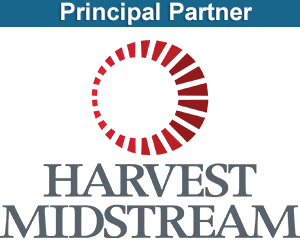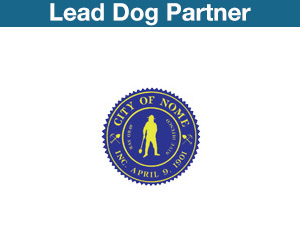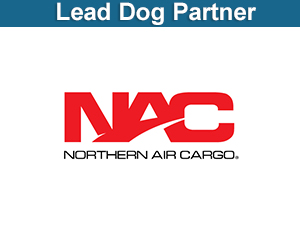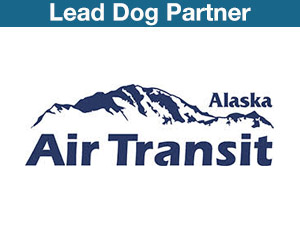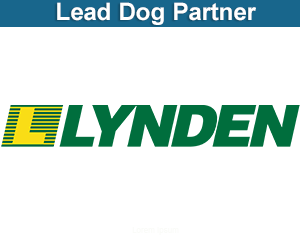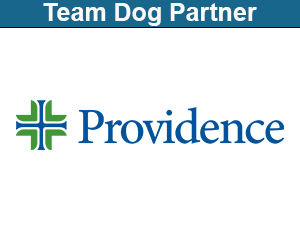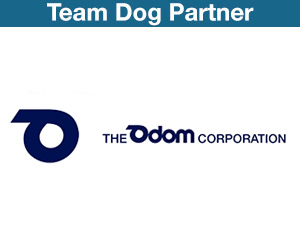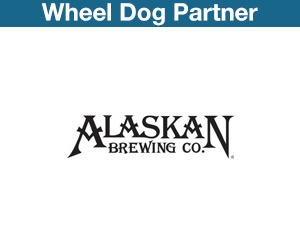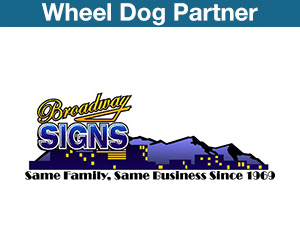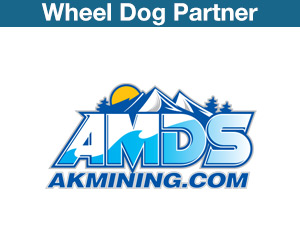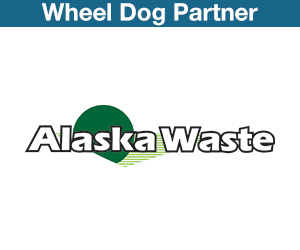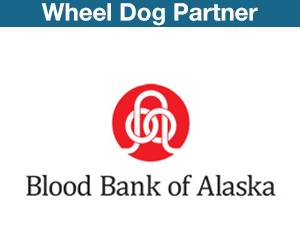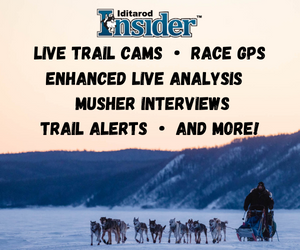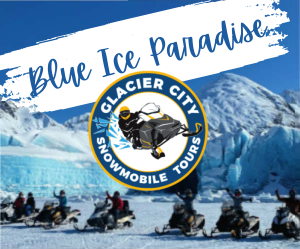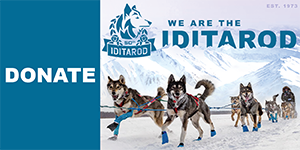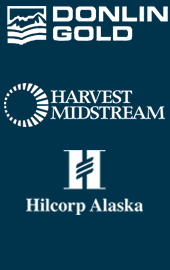Flash mushers two miles out, I’ll have the story
2PM Elim—Dallas Seavy and Aliy Zirkle locked in step to ELIM—Here’s what we’ll see in the checkpoint by Joe Runyan
Bruce Lee, analyst at the Insider, and i flew from Koyuk to Elim, in clear skies in relative calm except for a few local winds kicking up irregularly. On arrival, local comm at Elim pegged the two about ten miles out.
AT the Elim checkpoint, race judge Jim Galea advised all media and personnel that incoming mushers (read the front runners Seavey and Zirkle) were only to be given information provided on a bulletin board. In/out times will be provided, but GPS locations of competitors is not permitted information.
How’s this deal going to work?
Knowing that the in and out routes out of the Elim firehall checkpoint used the same road for a couple hundred yards, I wanted to check it out. Note the photos provided and the sign reading WMO, which must be the code for White Mountain, known to locals. I hate to be a non English speaking musher.
All that aside, the in route to the fire hall is straight forward. The mushers will arrive at the firehall in a dead end parking lot. Since we are assuming that our lead mushers are going to make a brief appearance in Elim and continue to White Mountain (and a mandatory 8 hour rest, luxurious at this point in the race) we are faced with a small problem.
If Dallas, for example, want s to continue to WMO, a crew will be required to turn his dogs around so that he can retrace the route for 200 yards. See the photo of the intersection in direction WMO and realize that mushers could potentially meet head on.
Sled dogs are trained to pass either way, so that really is only small problem. But, it does make it difficult for the lead MUSHER to shake competition. Sled dogs are good followers and mushers don’t mind using somebody else”s team for a leader. No matter who’s leading—either Seavey or Zirkle—the other team will more willingly follow on a scent trail.
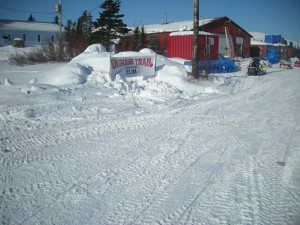
red building is fire station where mushers will actually have team turned around to exit, a complicated step to get mushers back on the trail
Whats Ahead?
The trail out of Elim begins innocently on several miles of flat trail on the ocean ice before turning inward for a fourteen mile (more or less, my info) portage across a peninsula of sorts that separates Elim from Golovan and WMO. This portage begins gradually to crescendo into a surprisingly challenge as it summits on steep climbs, the most notable known as “little McKinley”, and then descends again on violently wind sculpted drifts to the ice of golovan Bay. The remaining trail to WMO is on sea ice, which includes a mentally devastating final straight line of ocean trail from Golovan to WMO. It is incomprehensibly featureless, unending, numbingly predictable and straight and unnatural as a survey line, all factors in combination with the rhythmic trot of the dogs which leave the mind begging for some kind of novel stimulus. It also seems, no matter what, that you do it at night. Either day or night, to have this stretch conclude 12 hours of mushing is a huge test.
Final thoughts
My comm guys are saying Seavey and Zirkle are still two to three miles apart—not much difference there. Pundits here predict the lead depends on power through the Little Mckinley portage out Elim to Golovan (check map, more than halfway to Golovan)






